Palazzo dei Diamanti is an outstanding example of Renaissance architecture, a symbol of a majestic past and today the pride of the people of Ferrara. Palazzo Diamanti is an imposingly elegant building in the heart of Corso Ercole I d'Este. Its ashlar cladding - the characteristic diamonds - provides it with movement and lightness, and generates an inimitable chiaroscuro that makes it unique.
You may think you have already seen it in Moscow, and you are not wrong: Ivan the Great's architects designed the famous Palazzo delle Faccette (Palace of the Facets) inspired by the Palazzo Diamanti. In short, it is a must-see if you visit Ferrara.
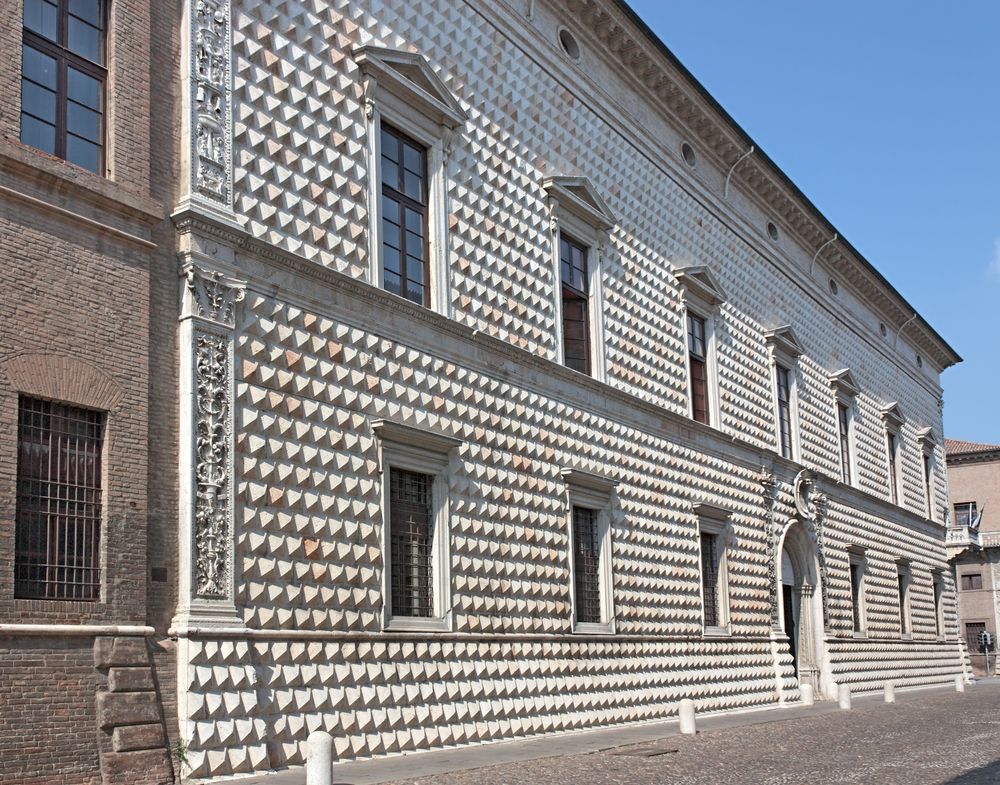
In the mid-19th century, this Palazzo was purchased by the Municipality of Ferrara and was gradually transformed into an extraordinary exhibition space, now one of the most important in Italy. Palazzo dei Diamanti has been closed for about two years now for due and necessary restoration and extension works. Today, its imminent reopening, scheduled for February 2023, comes with enthusiasm not only from art lovers, but from the entire city. In particular, the 'rebirth' of Ferrara's diamond point (it has to be said!) coincides with the exhibition Renaissance in Ferrara. Ercole de' Roberti and Lorenzo Costa, which is scheduled to open on 18 February 2023.
The Restoration
The entire project device, entrusted to the Labisc architecture and urban planning studio, is dedicated to preservation, valorisation and innovation: the building was subjected to a contemporary adaptation of the exhibition spaces and exteriors. This operation is entirely consistent with the structure of the building, which presents an alternation of full and empty spaces.
A first intervention involved the main exhibition spaces, known as ala Rossetti and Tisi, and now provided with new high-tech surfaces that conformed the space to the needs of a contemporary exhibition space. In the Rossetti wing, new Venetian terrazzo flooring - characterised by composites of marble granulates and stones - was created, and new portals in burnished brass were inserted in both rooms to further emphasise the spatial sequence typical of Renaissance construction.
One second operation involved the rooms of the ex Museo del Risorgimento, a building situated to the right of the Palazzo. These rooms have been completely restored to host new functions to support the exhibition activities: a café, a bookshop, an educational room and a multipurpose room. The internal courtyards have been upgraded and provided with new terracotta flooring: converted into true open-air rooms, these spaces have become an integral part of the museum itinerary, thus enhancing its peculiar alternation of indoor and outdoor confined spaces. The continuity of the routes is a key point of the work, implemented through the reopening of the connection between the ex Museo del Risorgimento and Palazzo Diamanti's main courtyard, and the revaluation of the small loggia overlooking the courtyard.
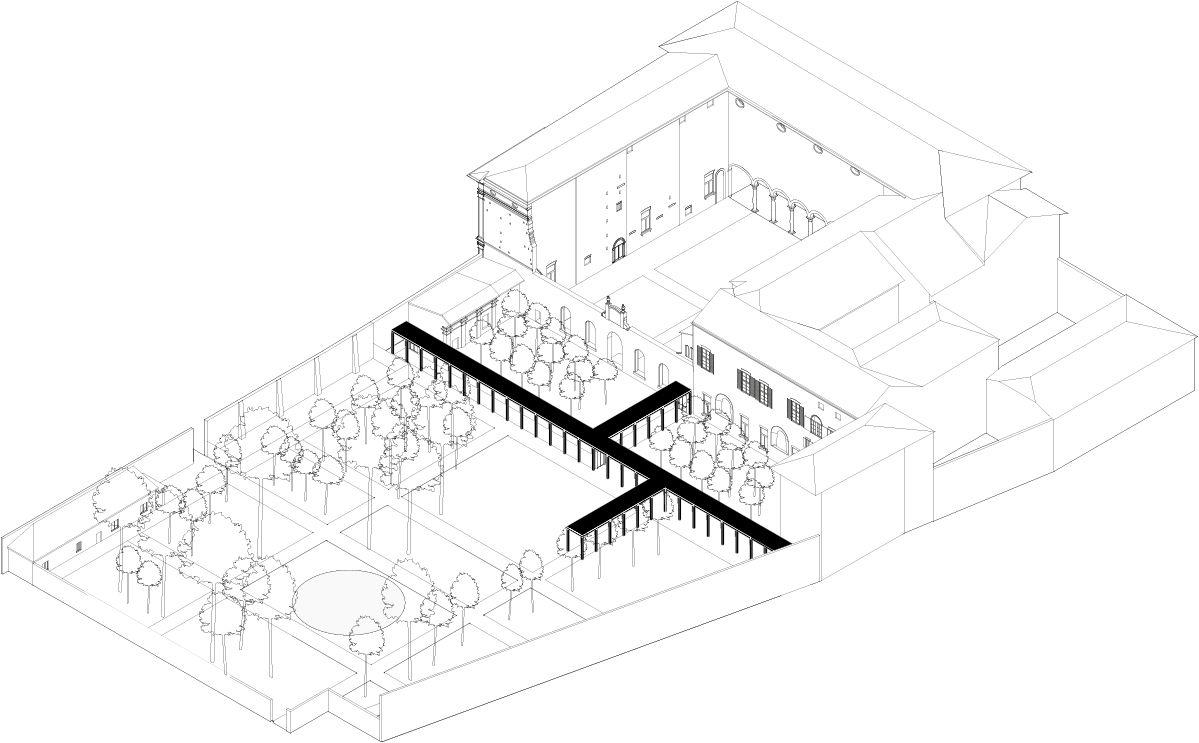
The garden has also recovered the subdivision of the ancient 'brolo' ( the Italian name for a garden in the Ferrara area) in square and box-shaped areas, as shown in some prints by Andrea Bolzoni dating back to 1782. The plan for the junction of the two halls includes a simple, light structure made of wood.
Restoration work revealed a room identified as the bathroom of the Este residence, the so-called 'duke's sauna', and, in the first courtyard, a tub probably dating back to the 16th century
The Exhibition
Will be "Renaissance in Ferrara. Ercole de' Roberti and Lorenzo Costa" to launch the new season of exhibitions at Palazzo Diamanti. Curated by Michele Daniele and Vittorio Sgarbi, the exhibition is an unmissable opportunity to rediscover the work of two of the most renowned figures of the Italian Renaissance, and a great opportunity to celebrate Ferrara as the capital of the Renaissance.
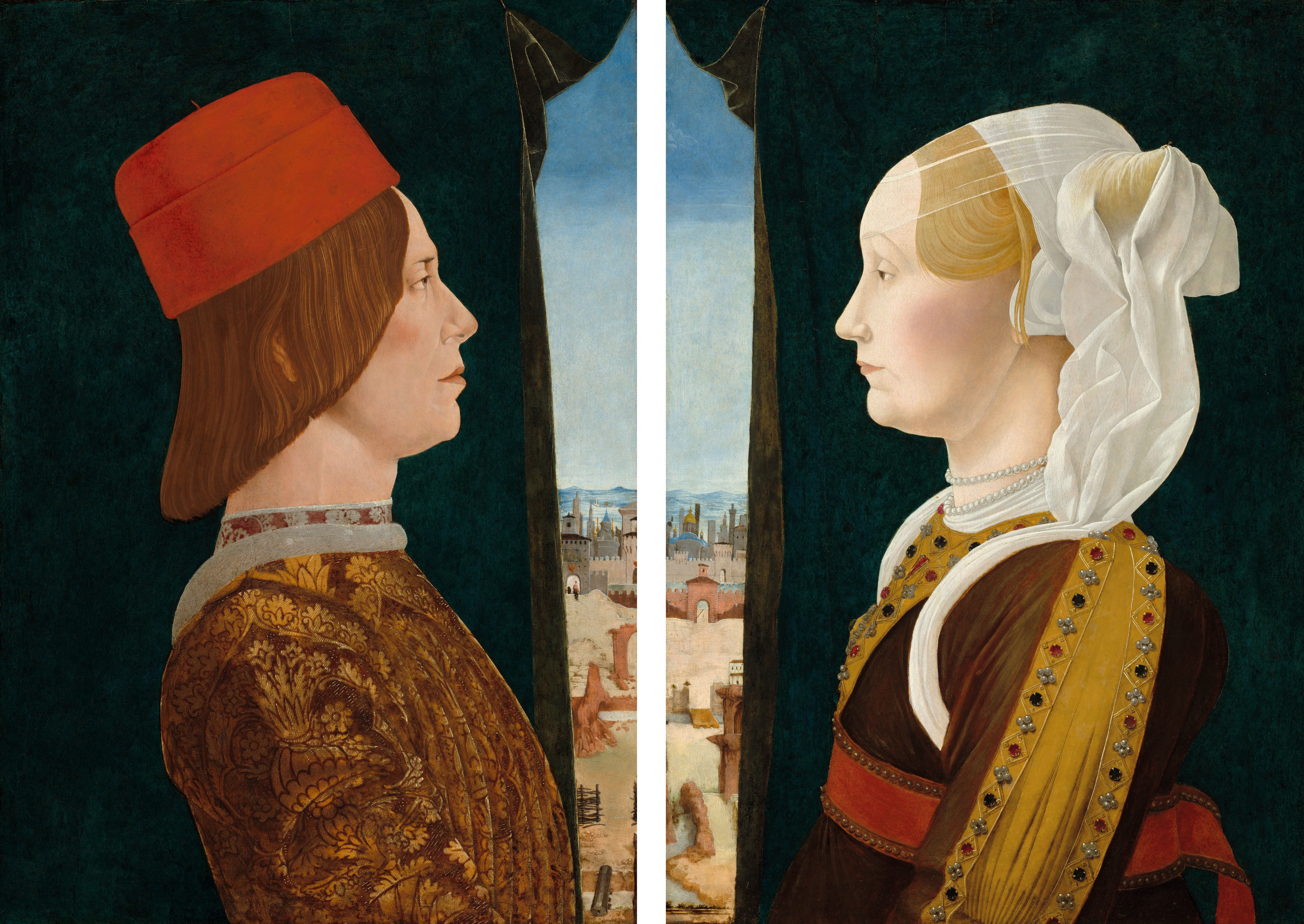
An ambitious exhibition itinerary consisting of more than one hundred masterpieces has been made possible by the many loaned works from global museums and collections. There will be ten sections, bringing together the largest number of works by the painters exhibited so far and also collecting works from the National Gallery in London and the Minneapolis Institute of Art. The two leading figures will be accompanied by other outstanding artists such as Andrea Mantegna, Nicolò dell'Arca, Francesco Francia, Guido Mazzoni and others.
After 90 years since the first and most important exhibition on the "Officina ferrarese" - Exhibition of Ferrara Renaissance Painting in 1933 - the exhibition Rinascimento a Ferrara. Ercole de' Roberti and Lorenzo Costa are set to shine once again on the Ferrara Renaissance in the new exhibition halls of the Palazzo dei Diamanti. The exhibition is an ideal follow-up to the 2007 one dedicated to Cosmè Tura and Francesco del Cossa. The project is actually the first part of a larger planning entitled Rinascimento a Ferrara 1471 - 1598 da Borso ad Alfonso d' Este (Renaissance in Ferrara 1471 - 1598 from Borso to Alfonso d' Este). The aim is to offer the public a reflection on the historical-artistic events of the entire period, the Ferrara Renaissance, which coincides with the elevation of the city to a duchy and its passage from the Este family to the control of the Papal State. In short, it will be a pictorial narration on the tradition, power and cultural memory of the Este dynasty.
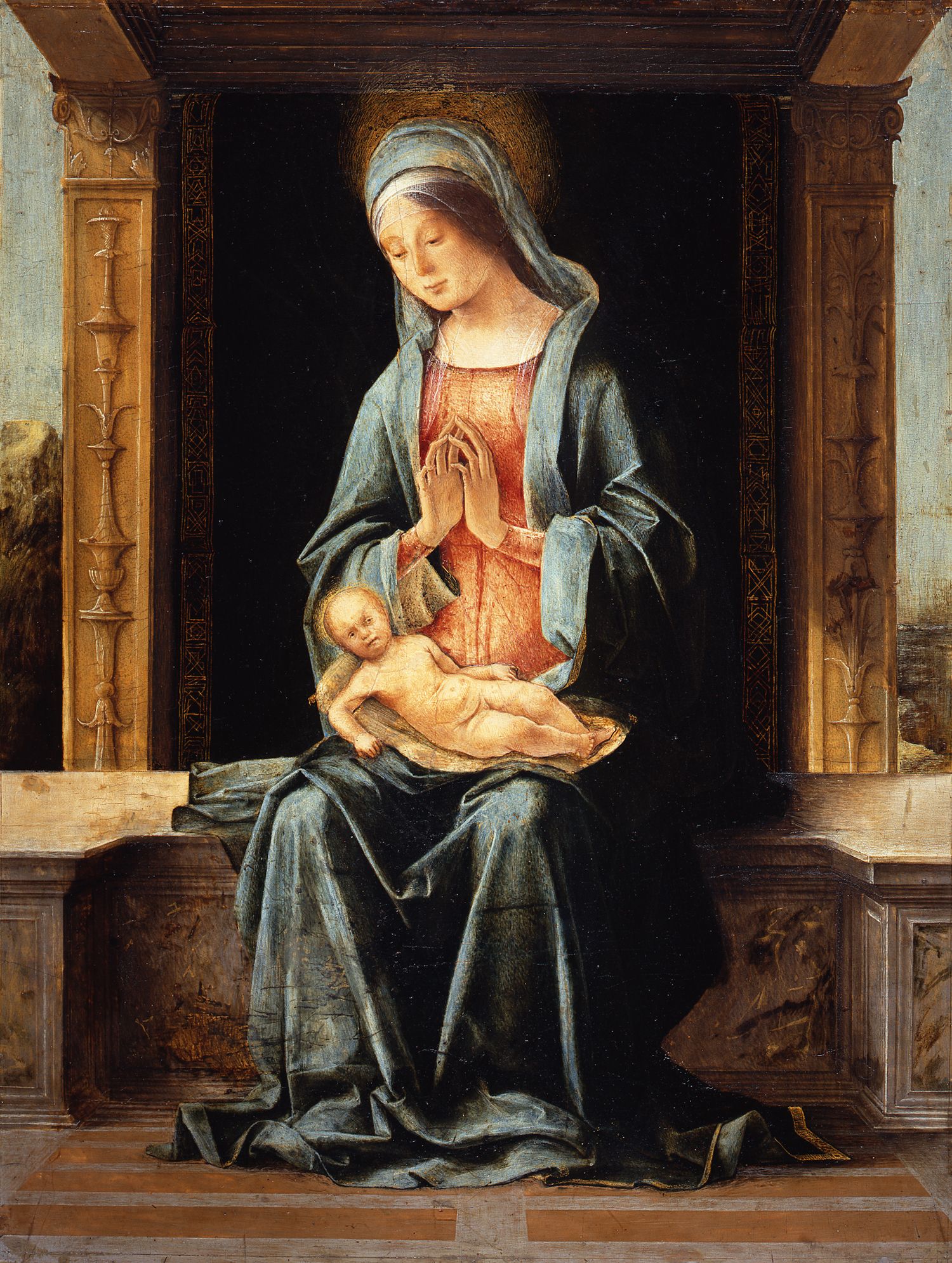
The leading figures.
Ercole de' Roberti was an extraordinary artist, renowned for his pictorial quality and emotional expressiveness. As heir to the 'Officina Ferrarese', he was an ideal ambassador of the golden age of local culture and brought Ferrara to the pinnacle of Italian culture. Lorenzo Costa (1460-1535), his artistic successor, flawlessly combined the dramatic style of the master with a softer, more relaxed style reminiscent of Perugino's art. In particular, Costa manifested himself as an artist capable of holding together the rationality of a new construction, what would later become the new manner of the 16th century, and the careful draftsmanship he inherited from de' Roberti. Two inimitable painters who were able to breathe life into the city with their ingenuity and talent, today waiting to be rediscovered.
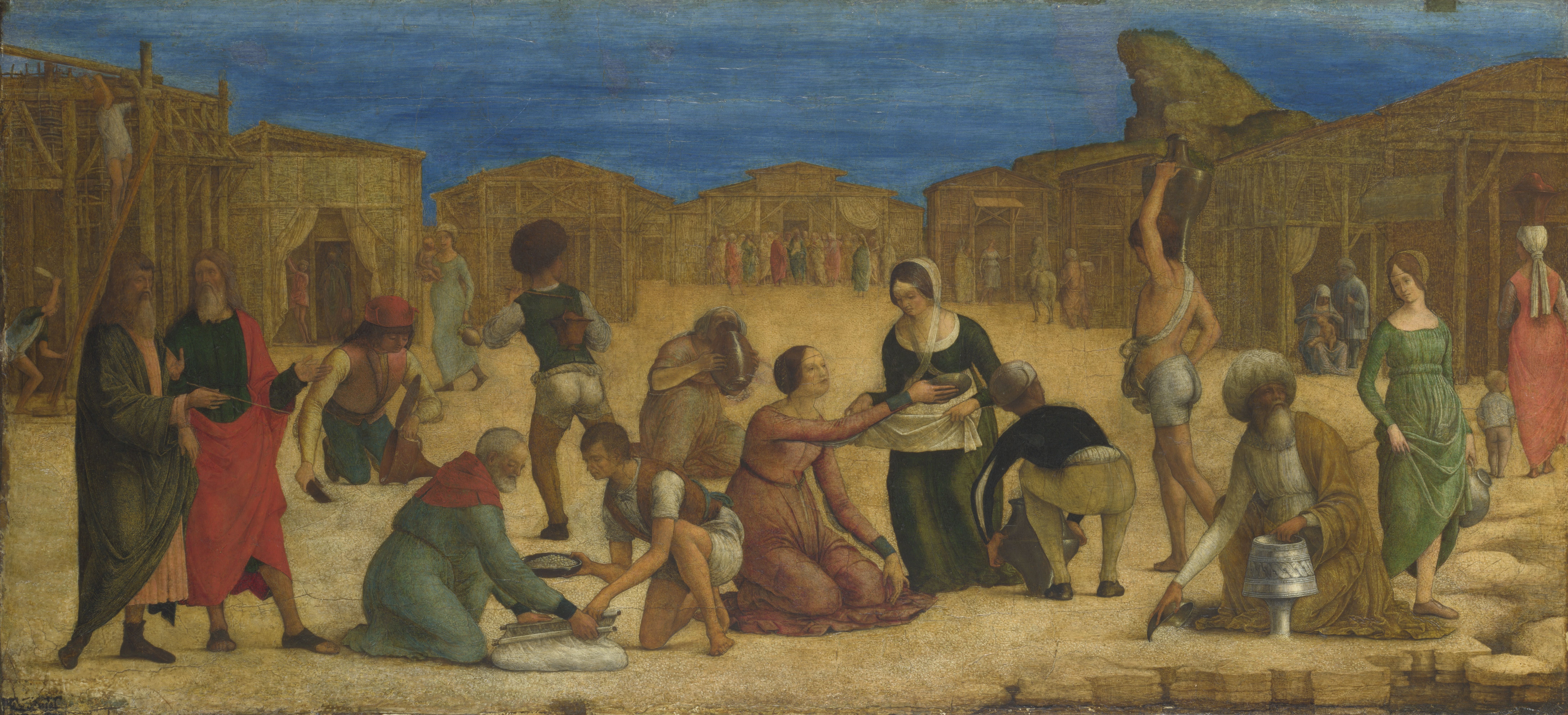
The reopening
We only have to wait for the month of February to arrive, but we can already add a couple of new good purposes to the usual annual list: 1. Visit or revisit Ferrara; 2. See Palazzo dei Diamanti; 3. Take a walk along Corso Ercole I d'Este, one of the most beautiful streets in Europe.

